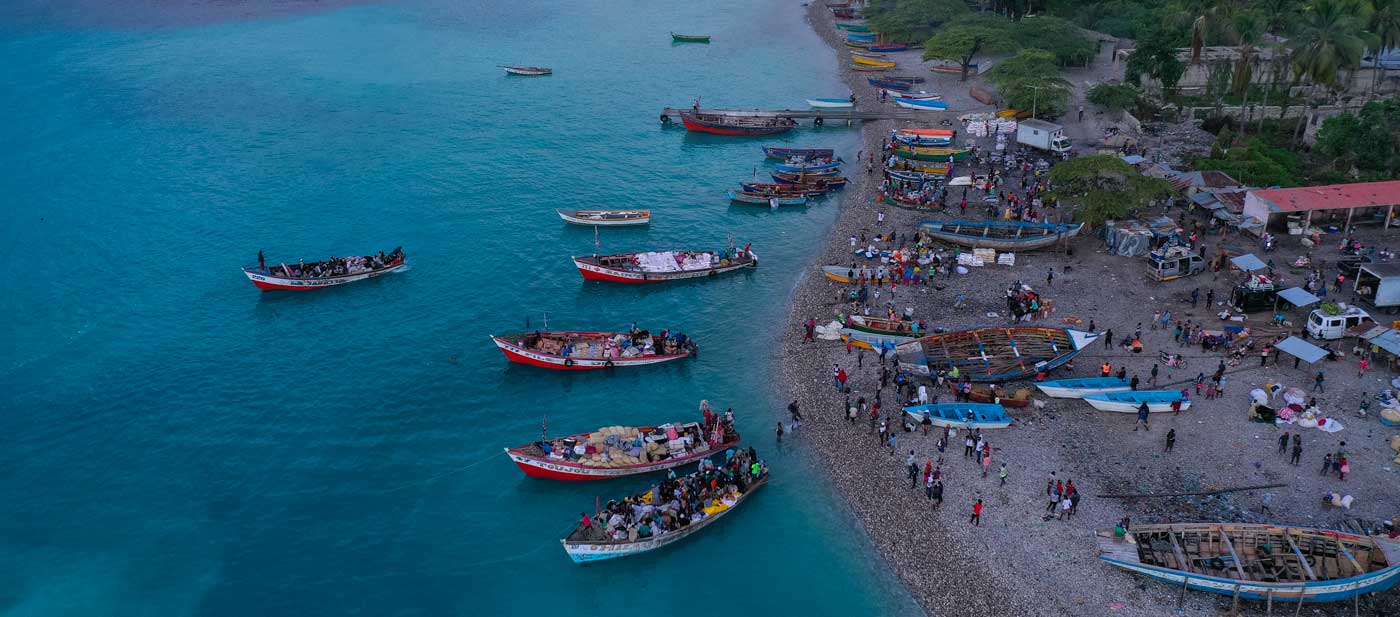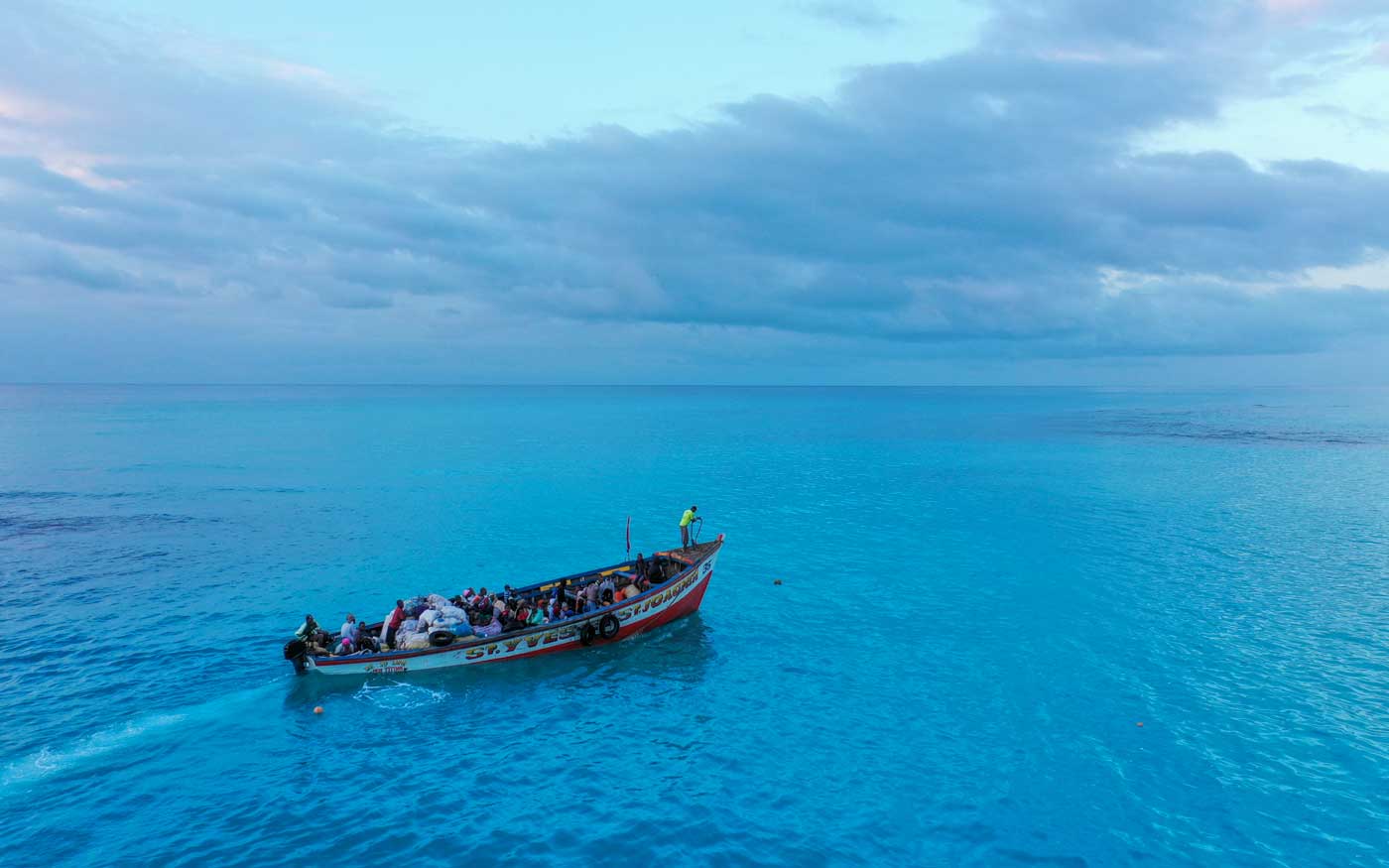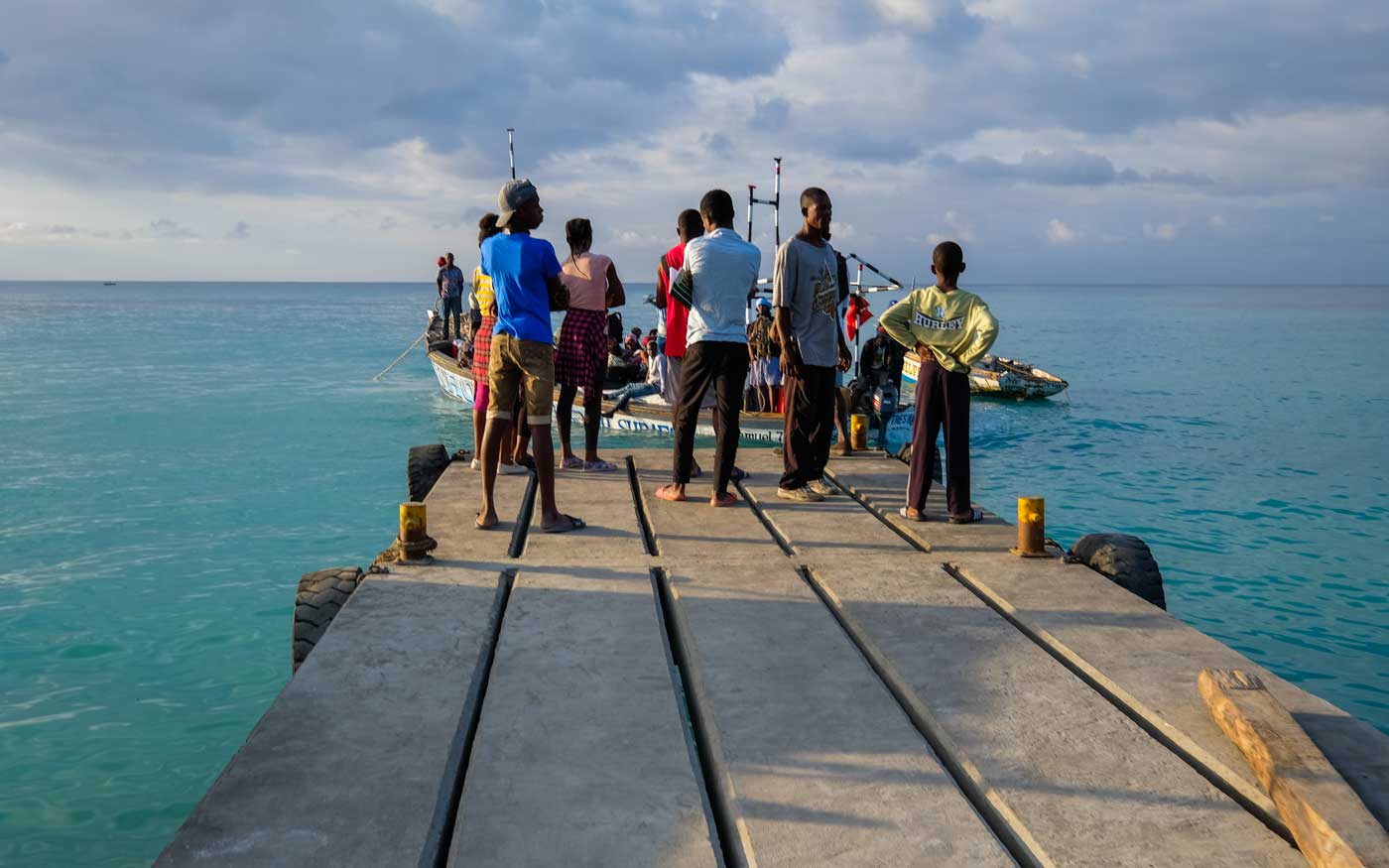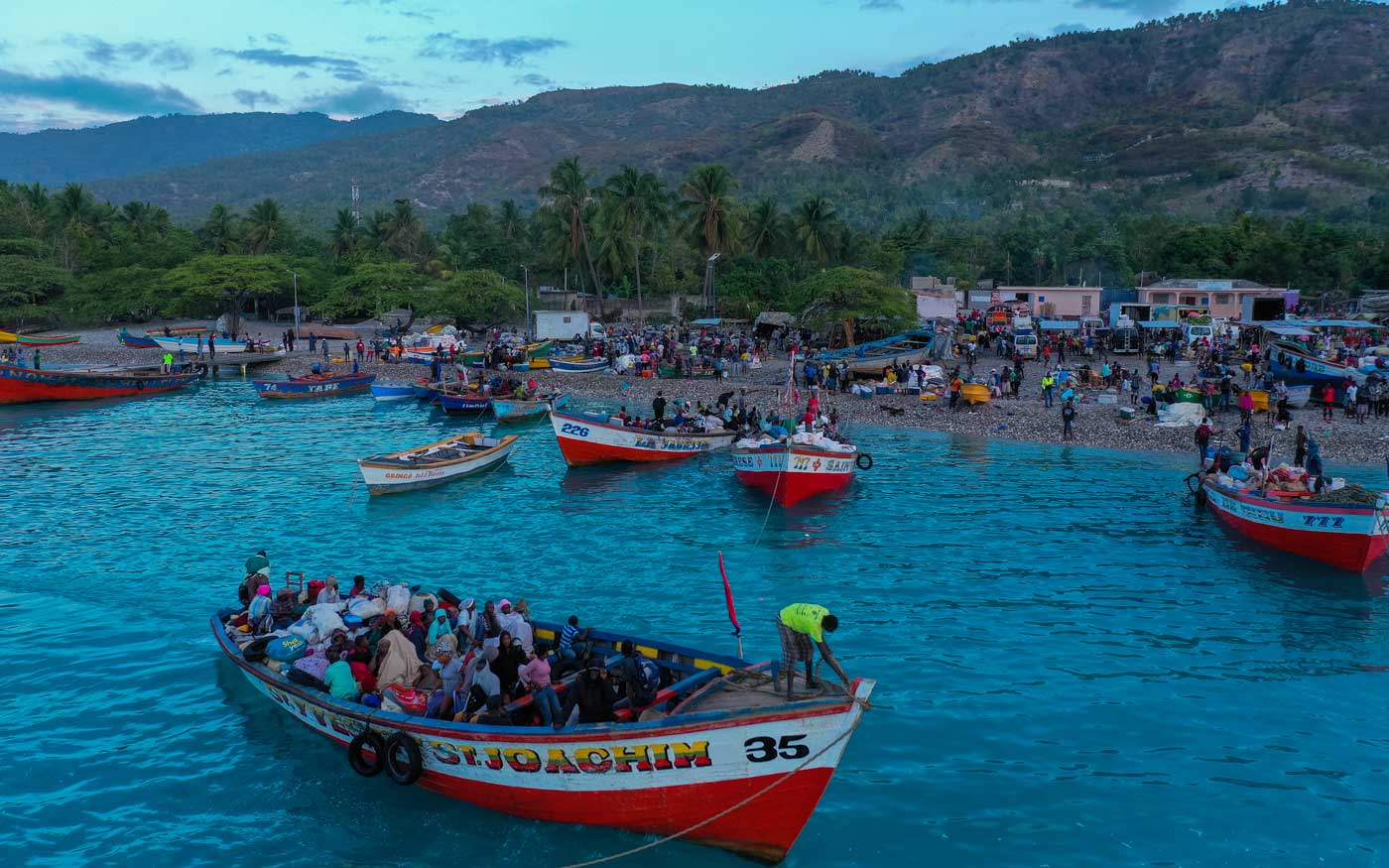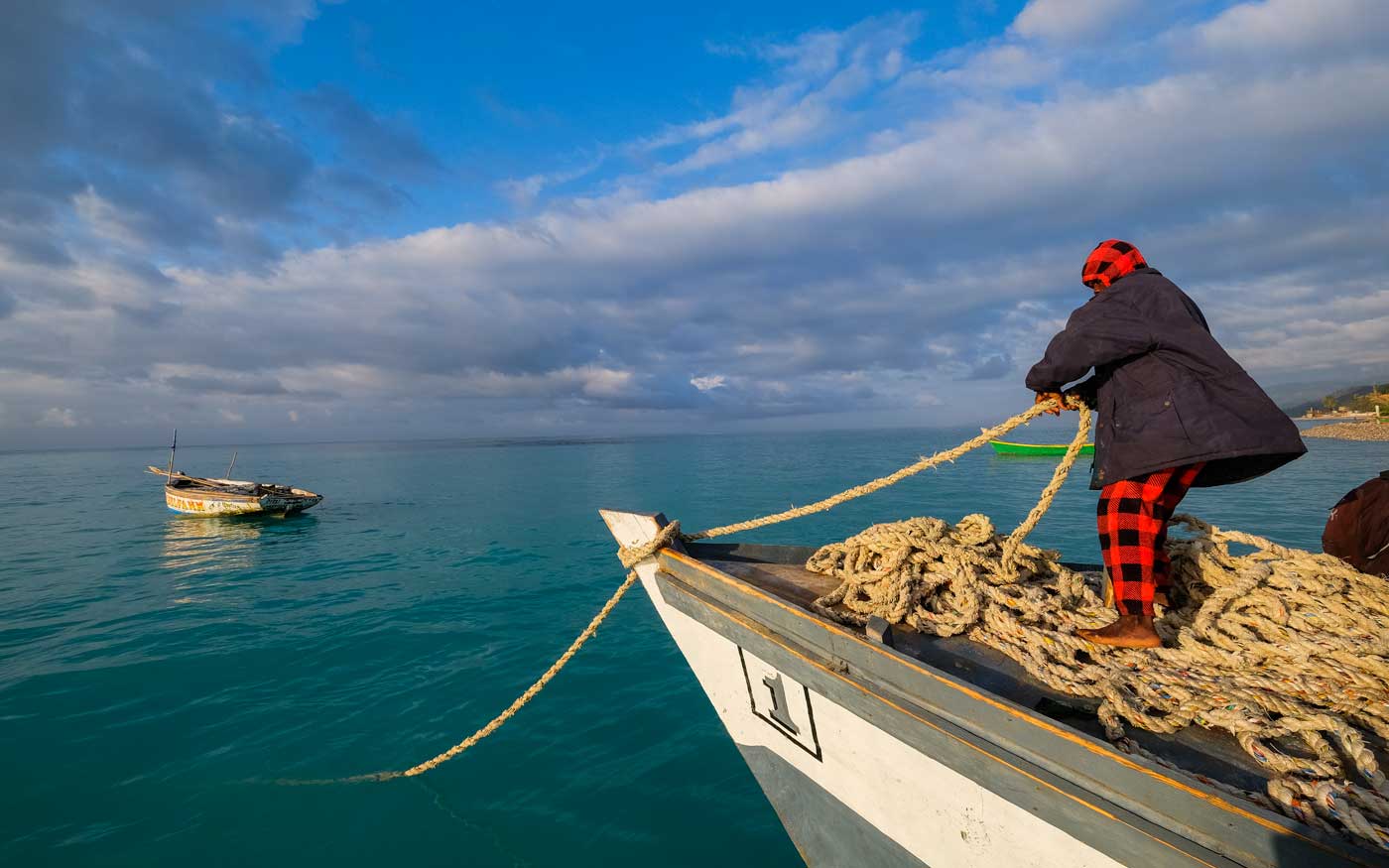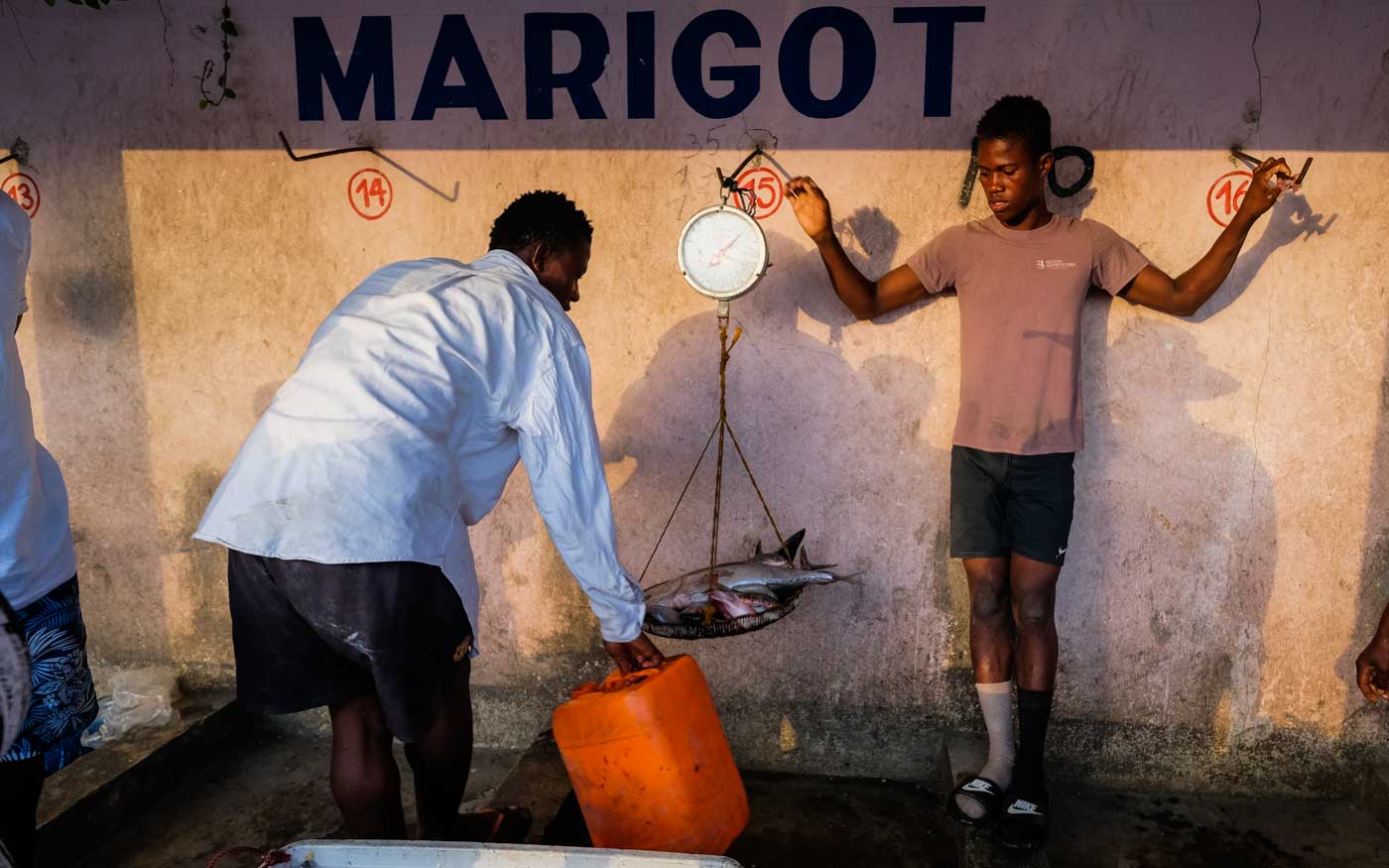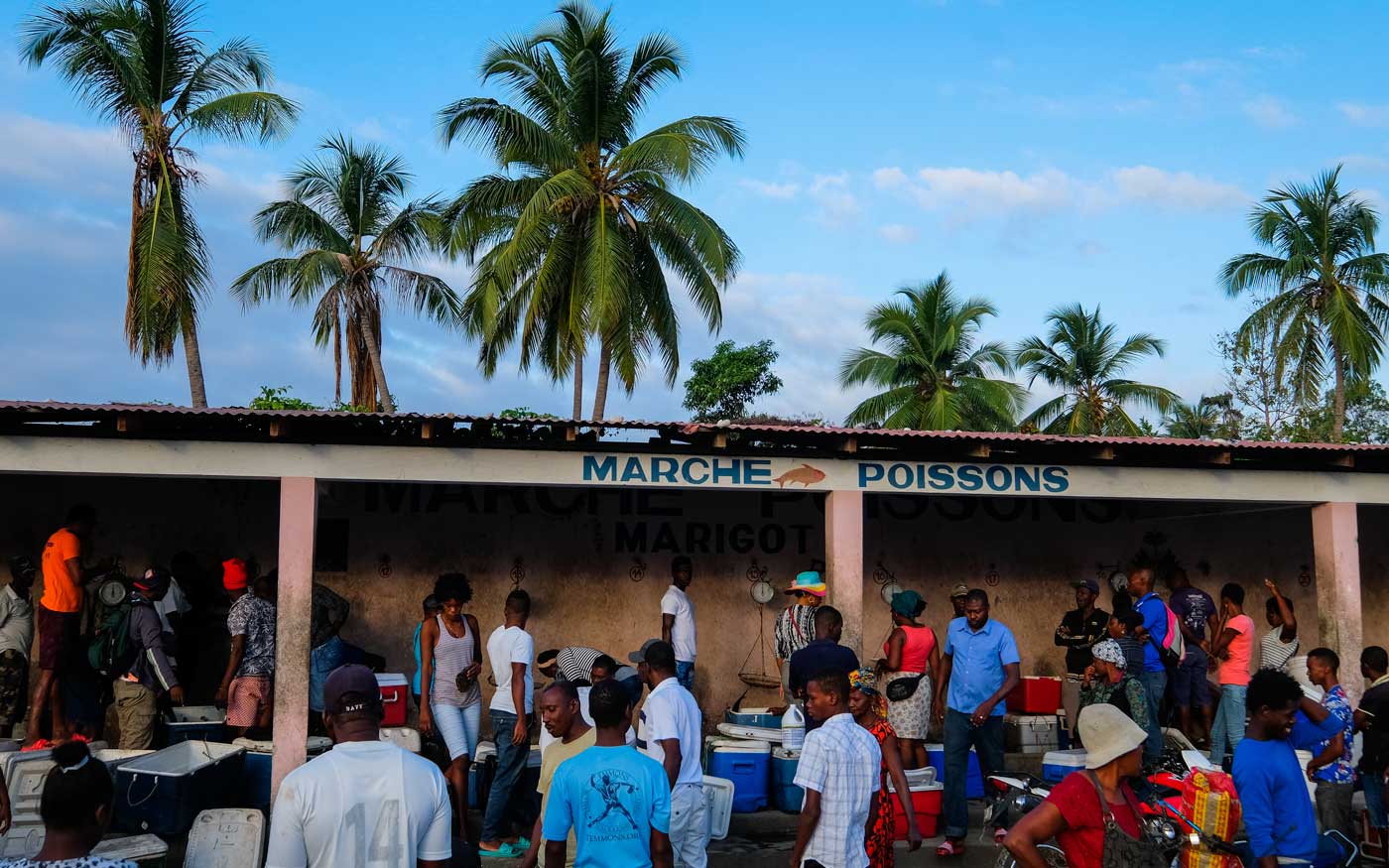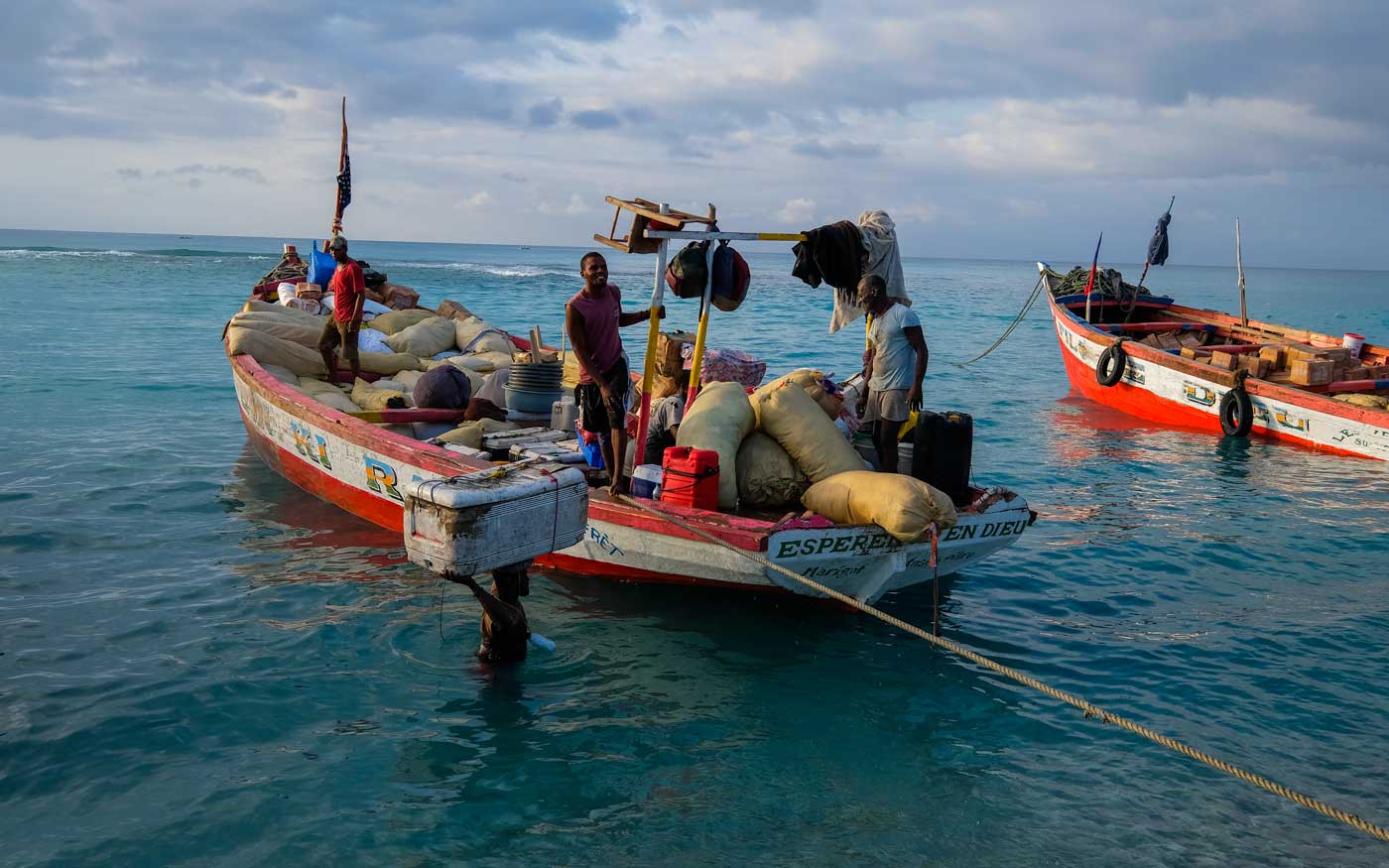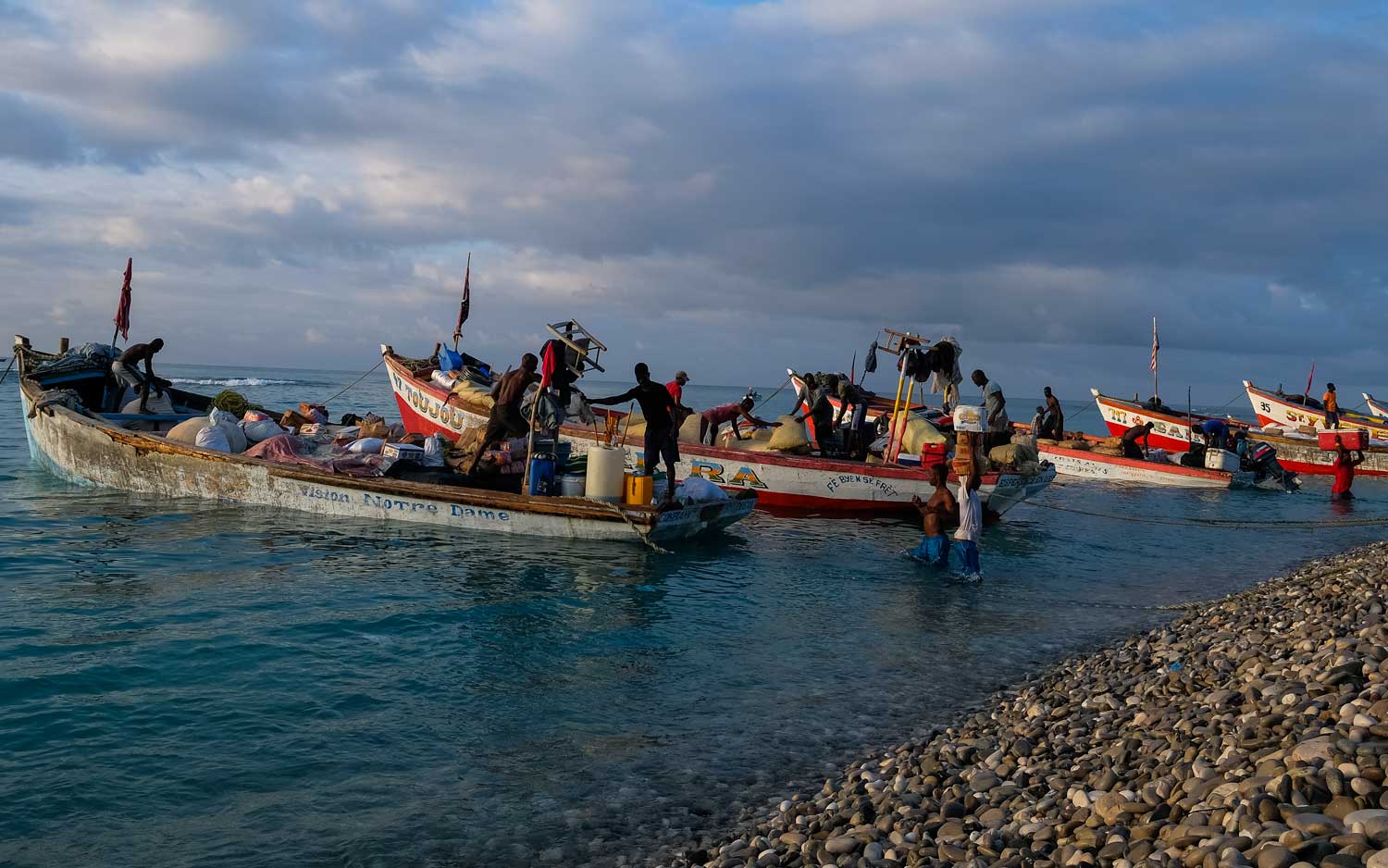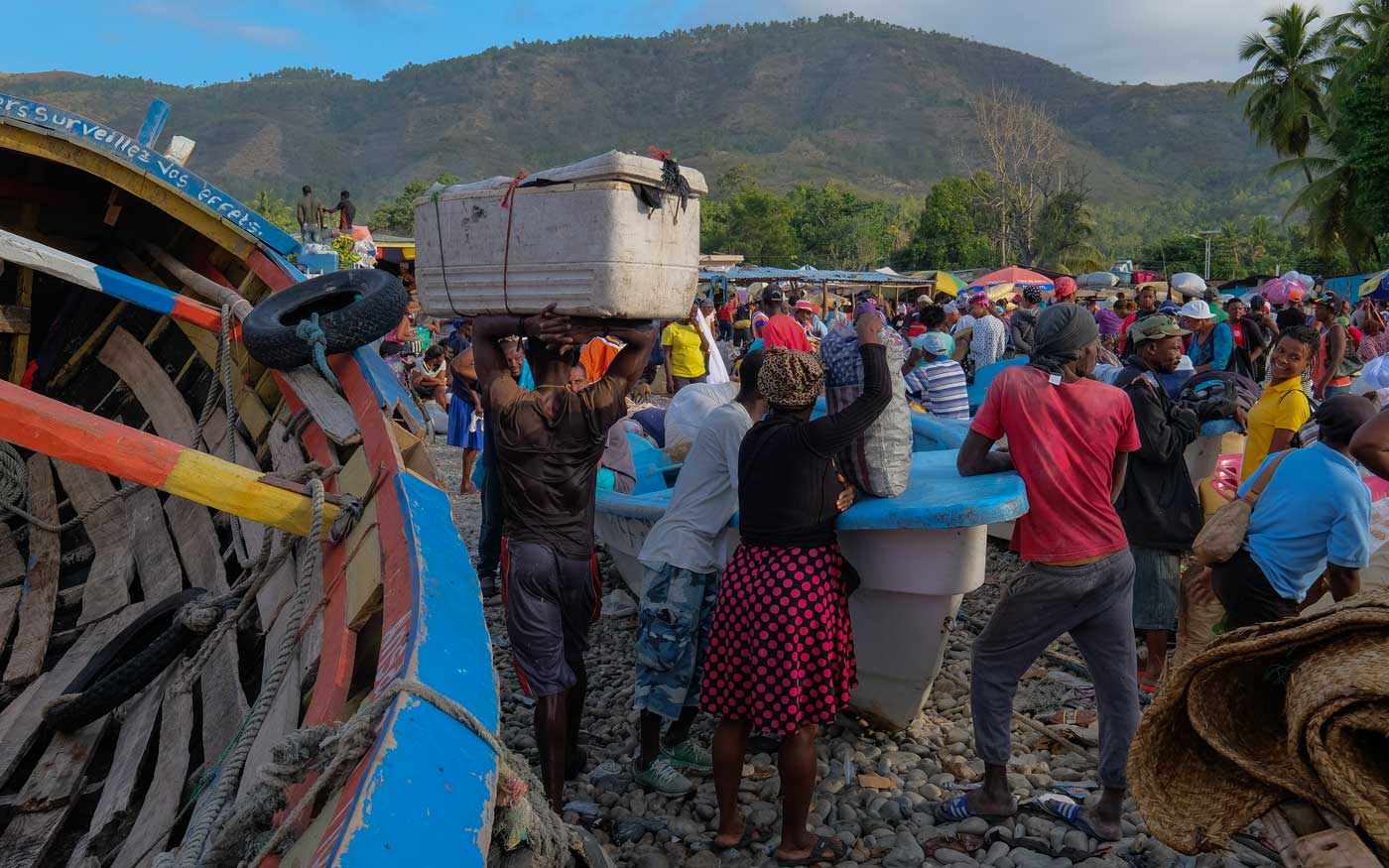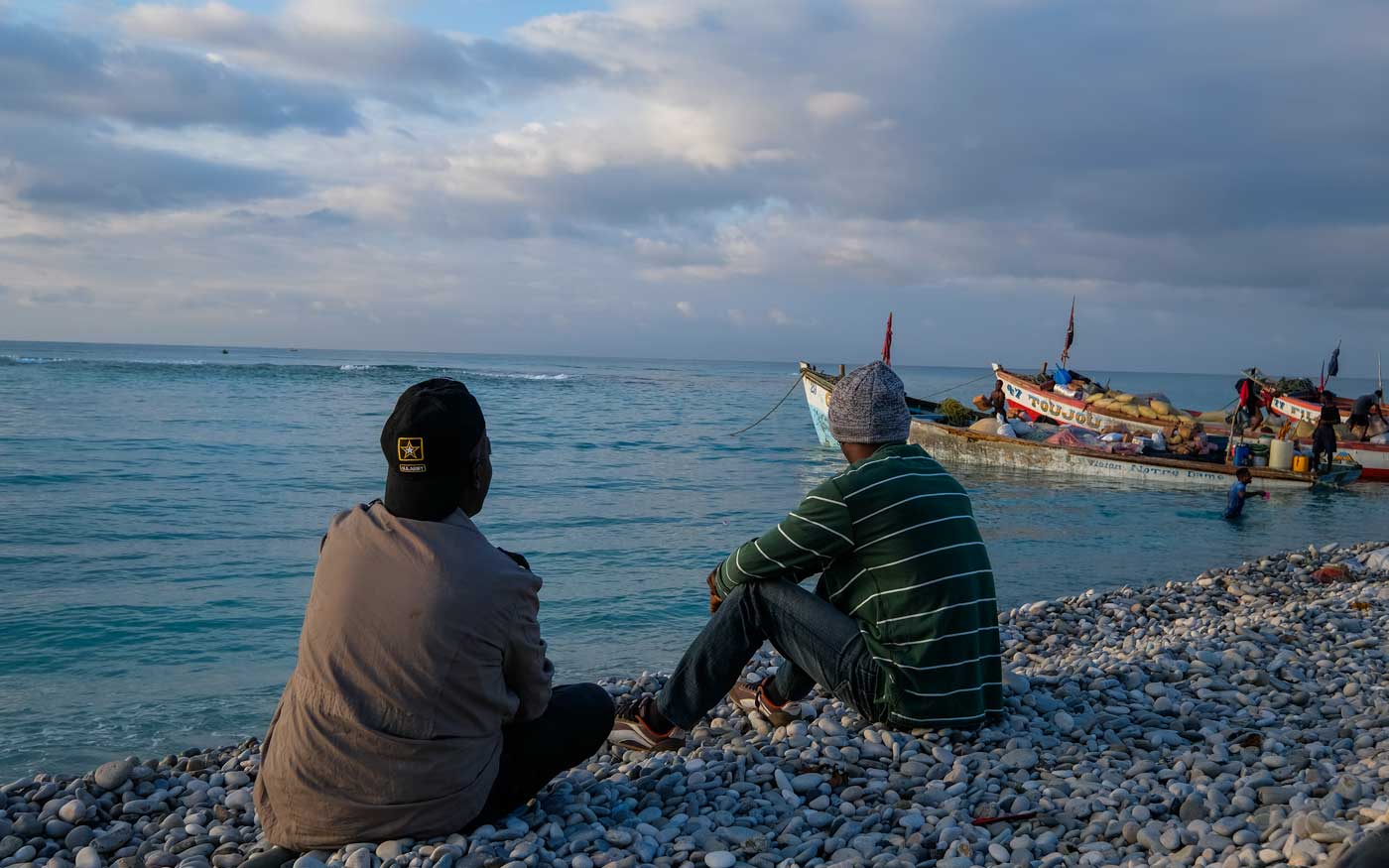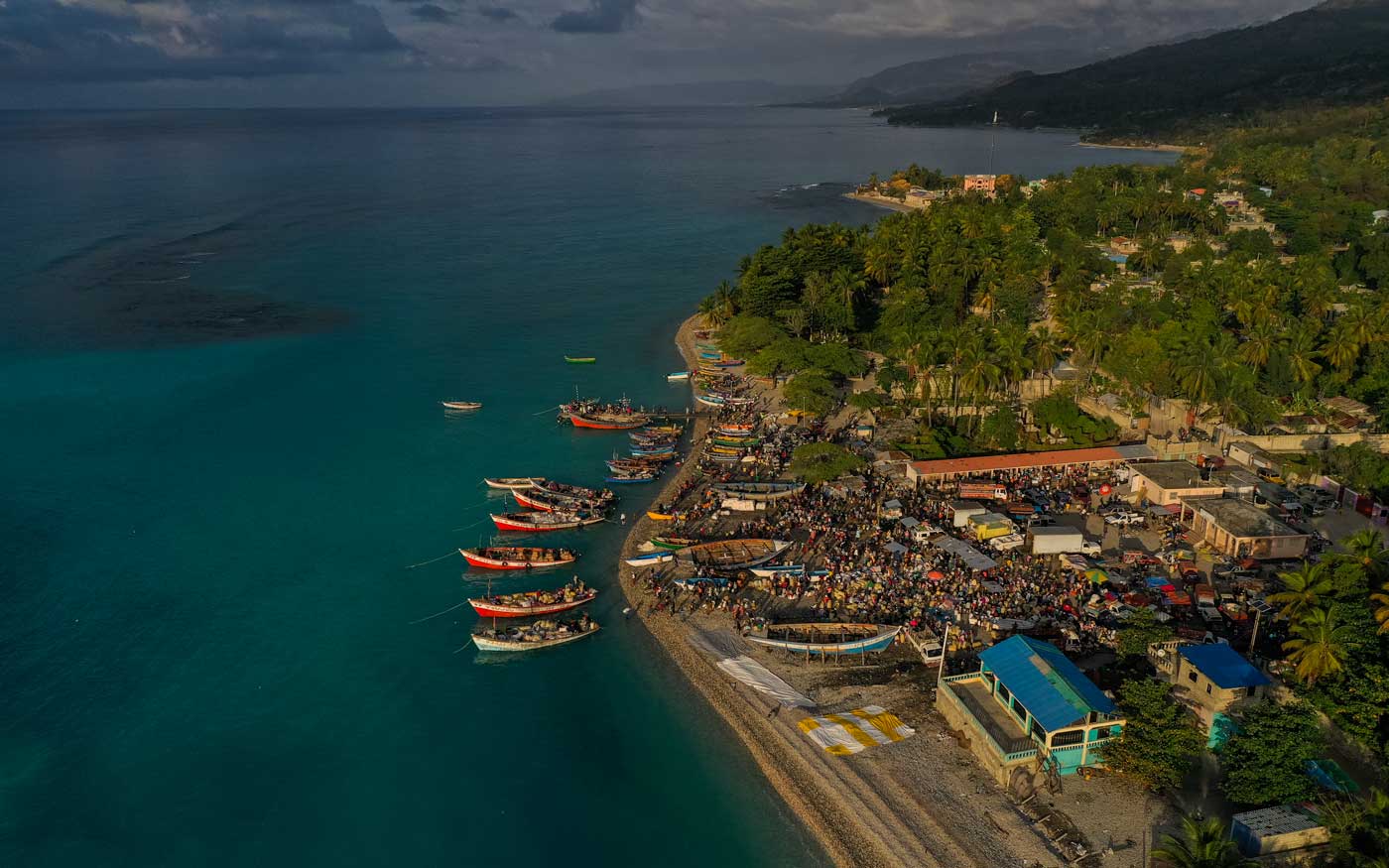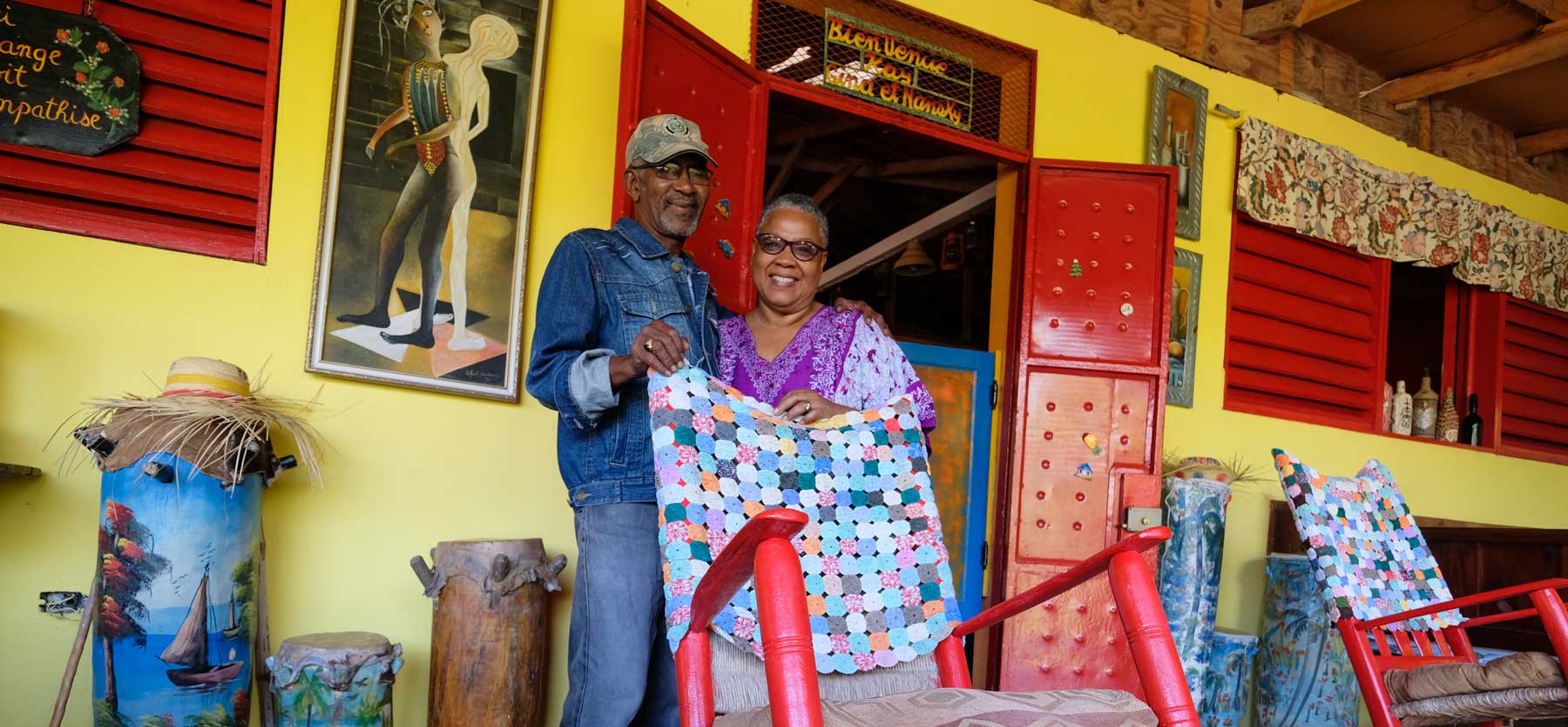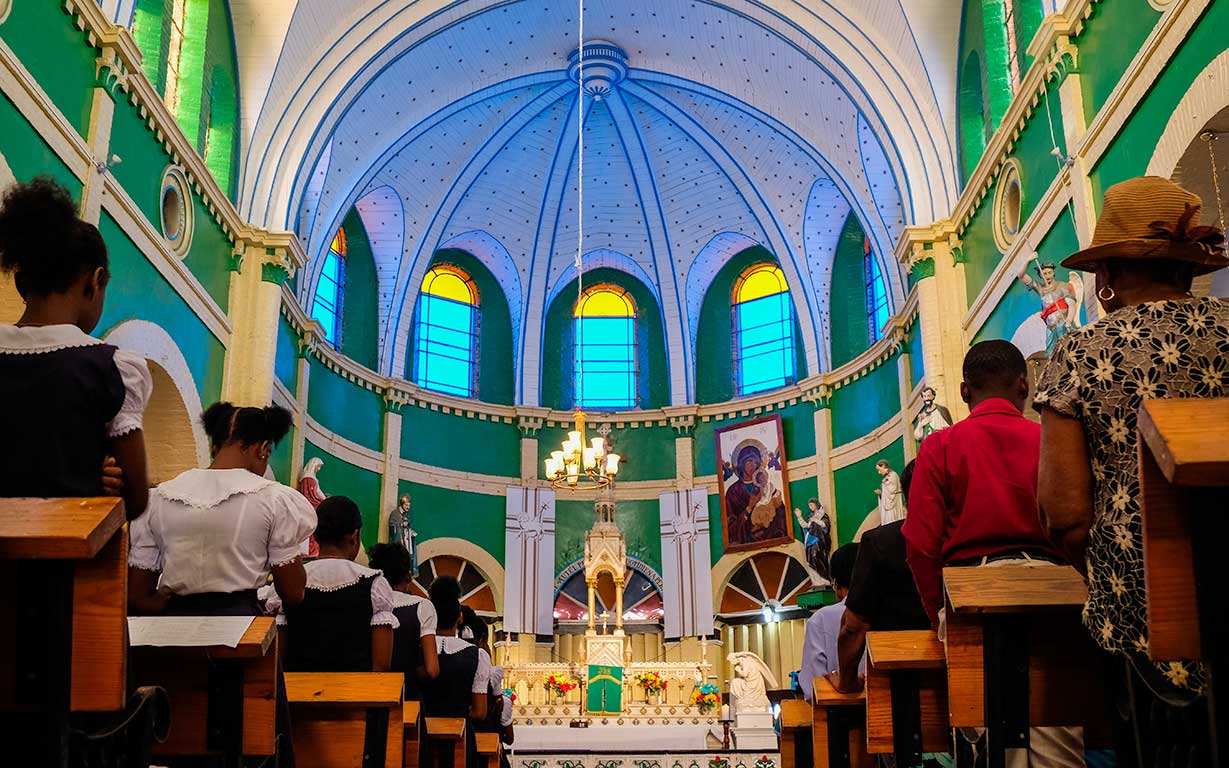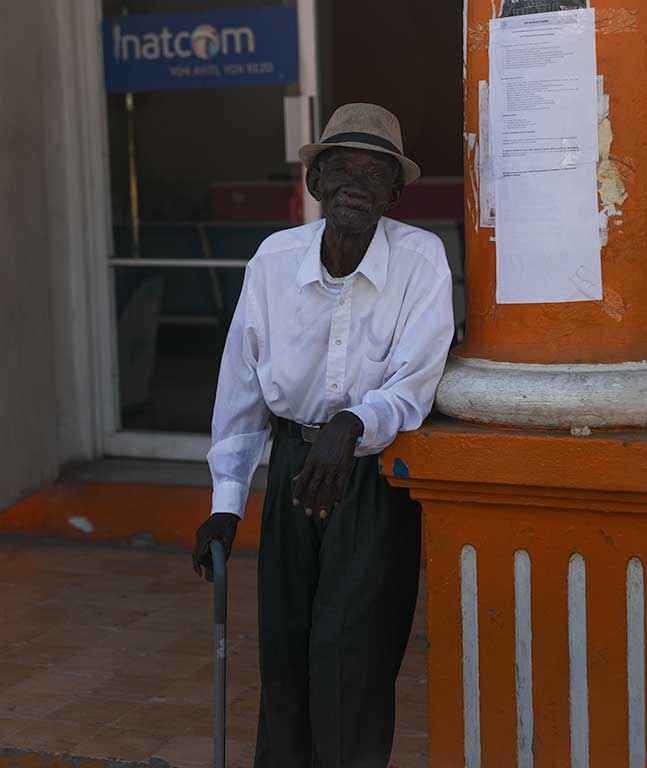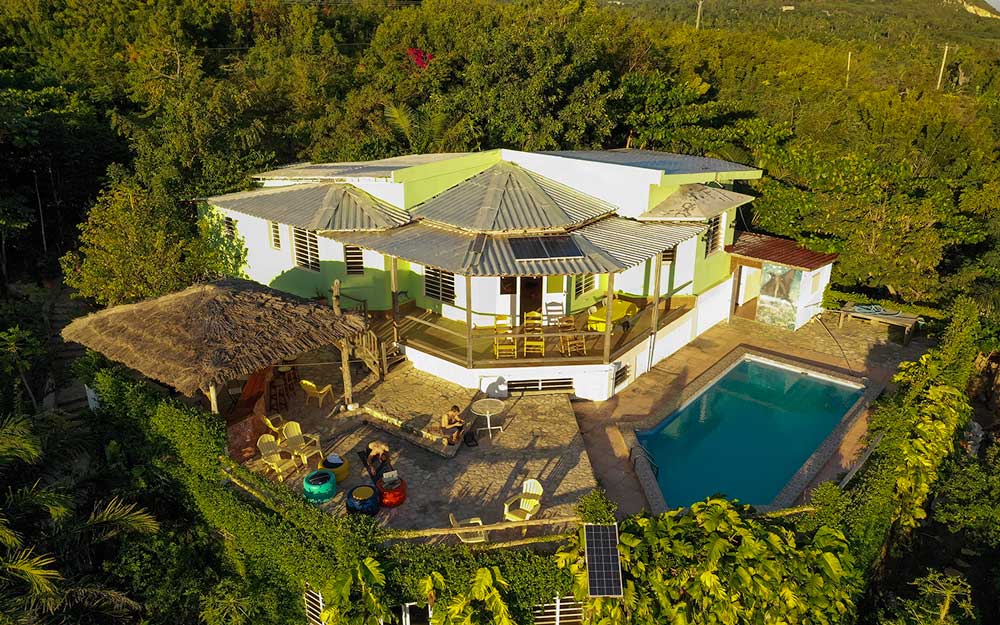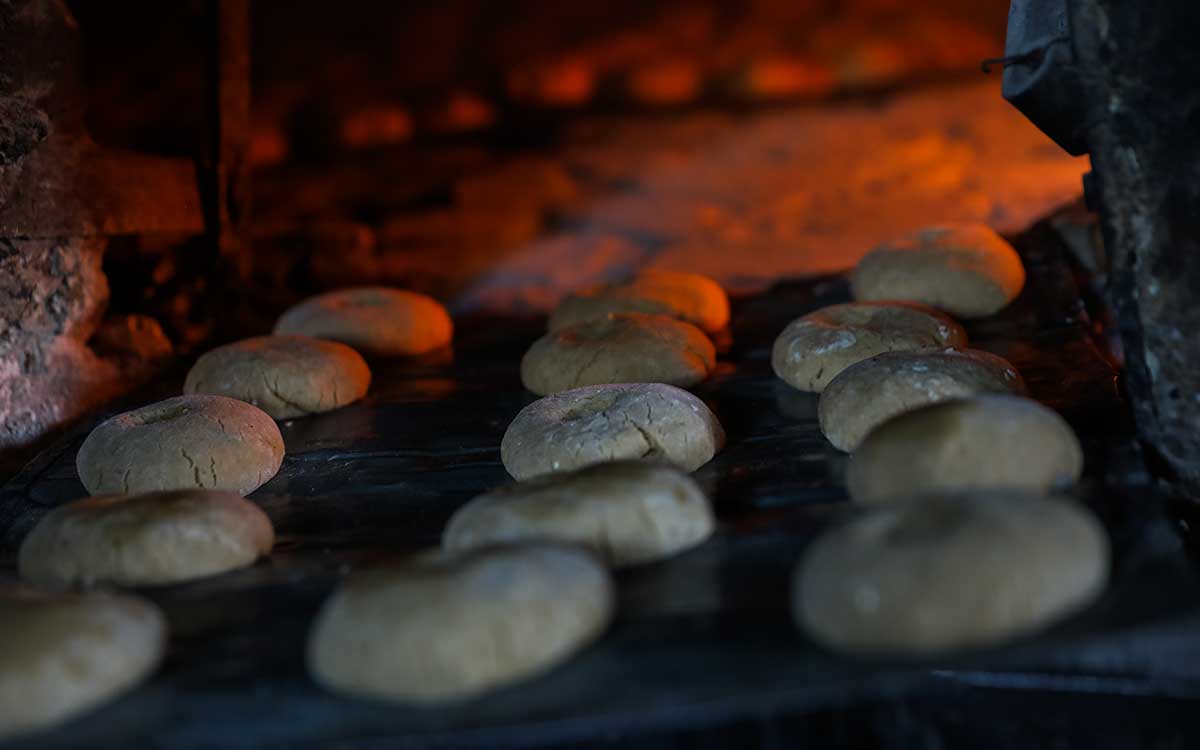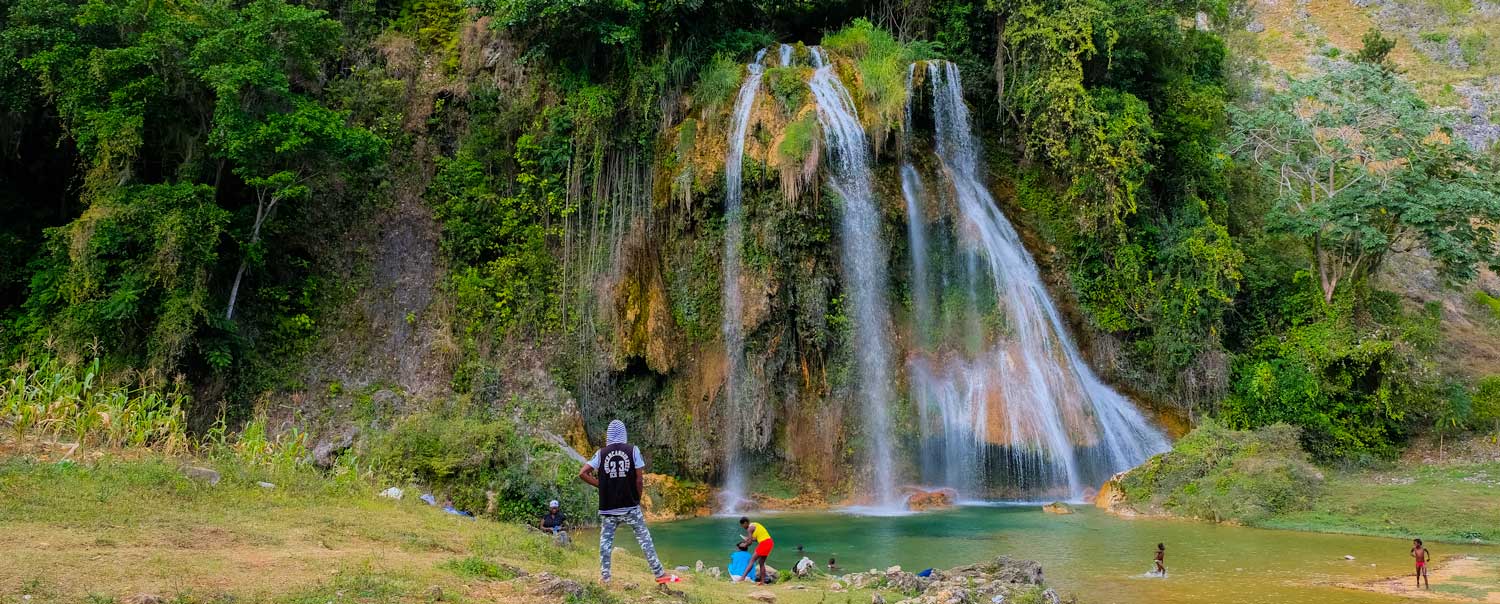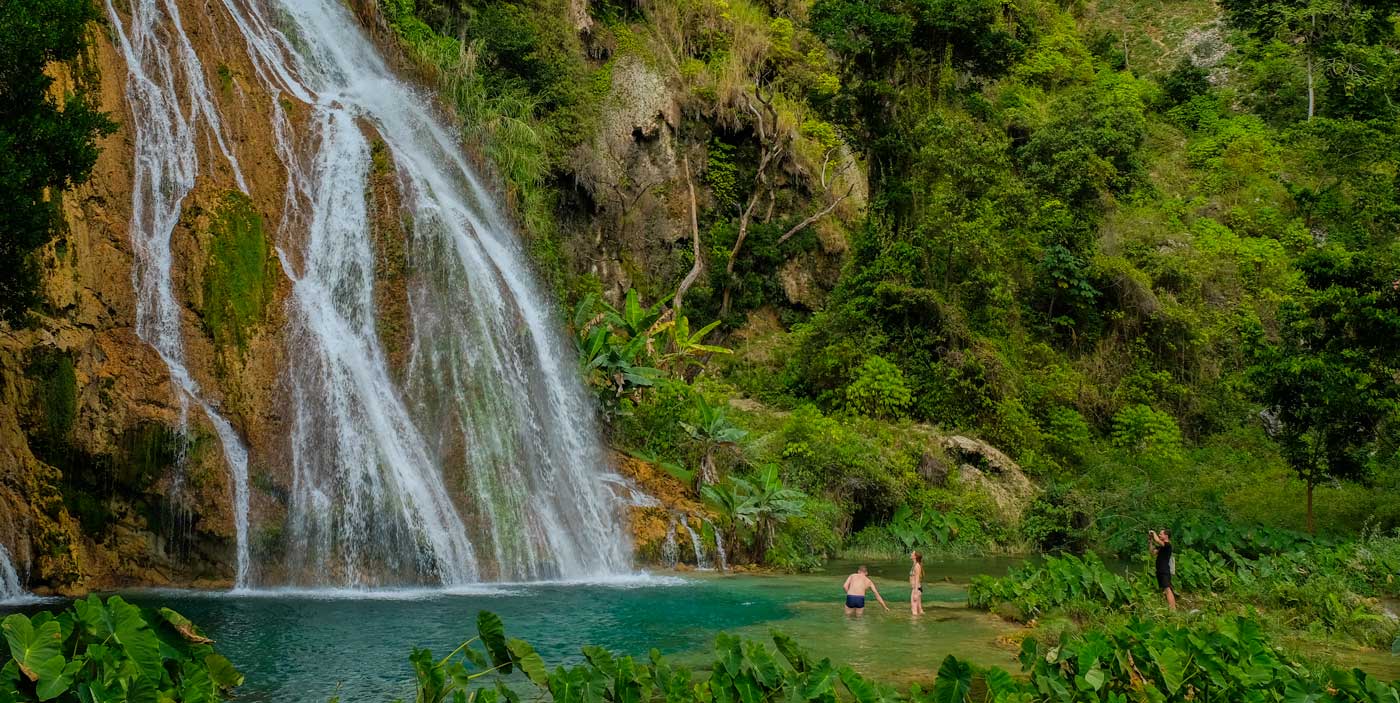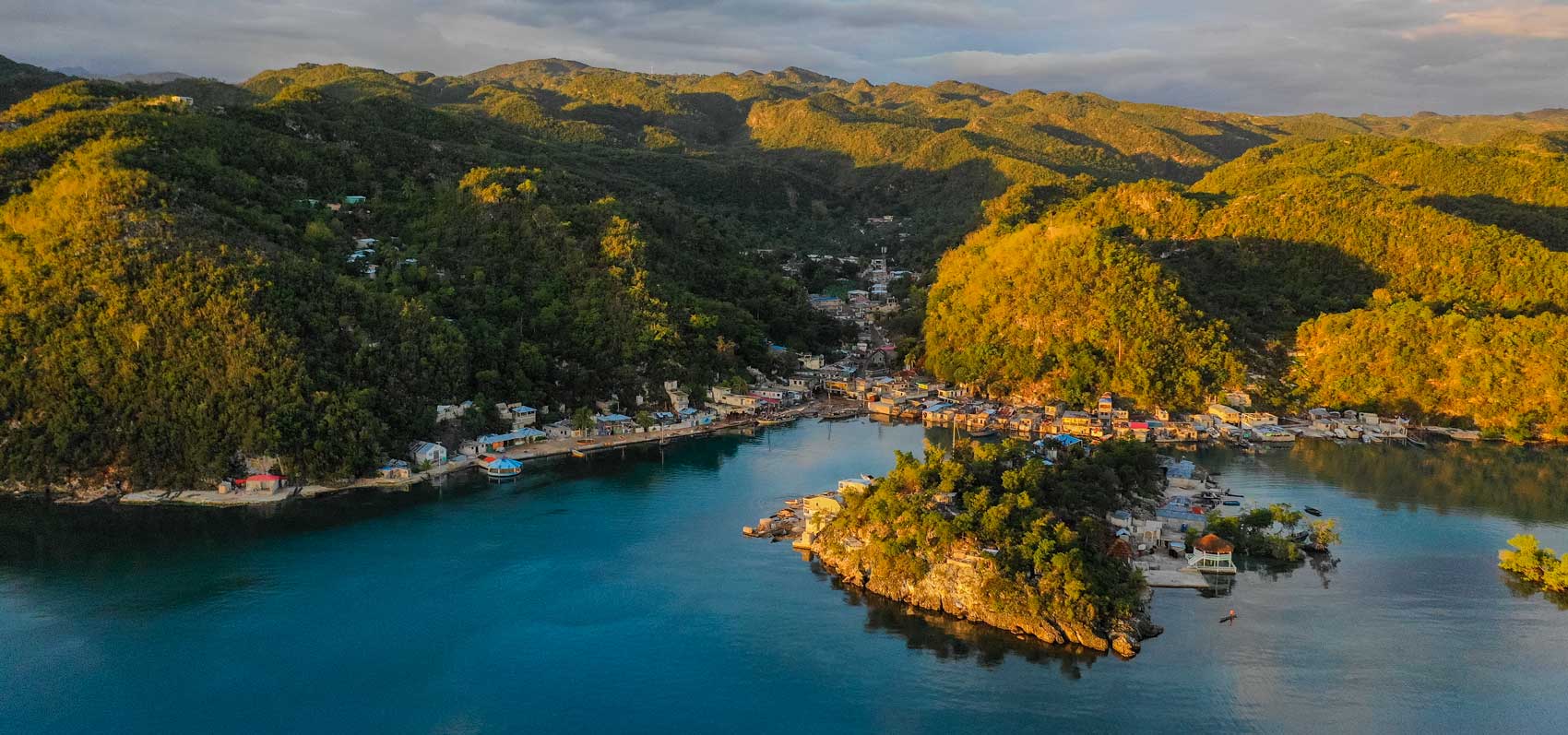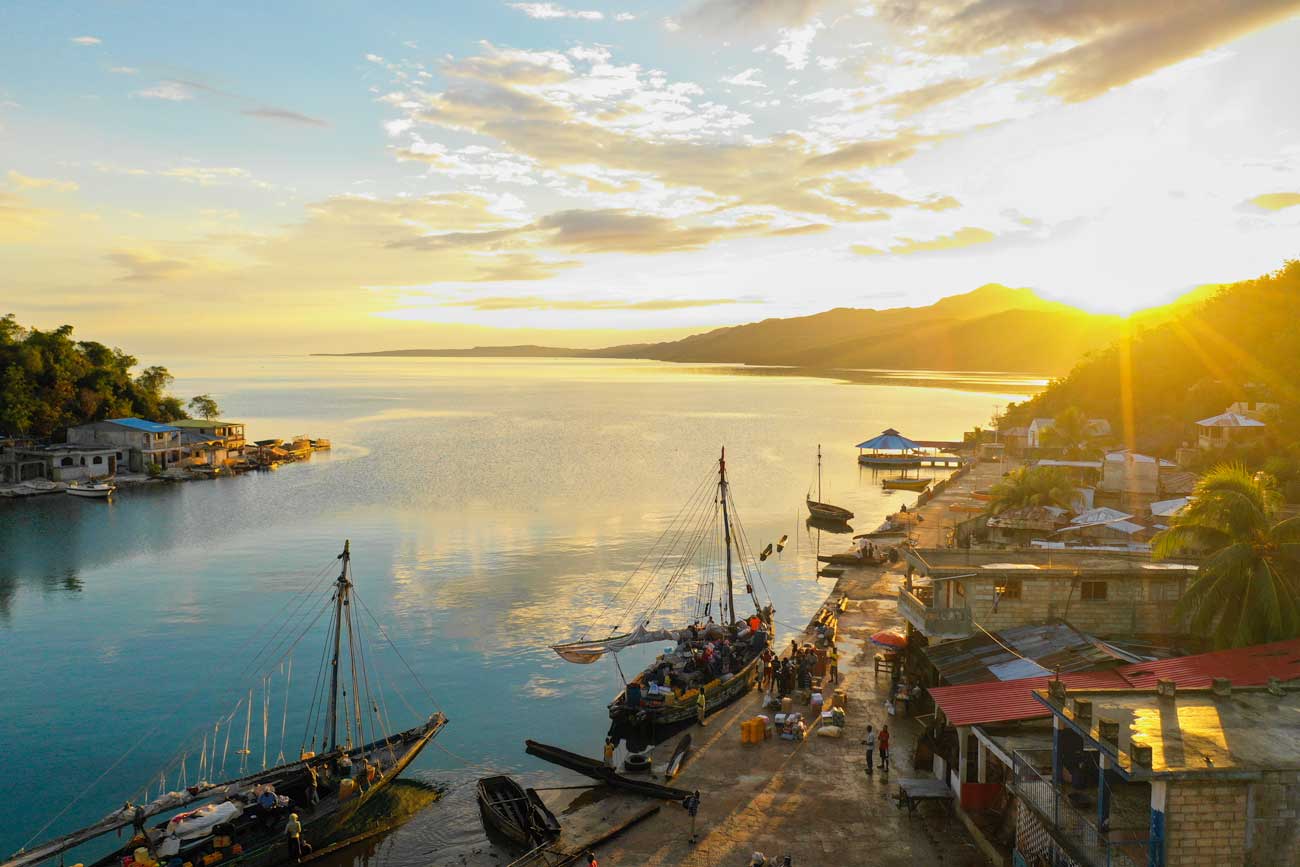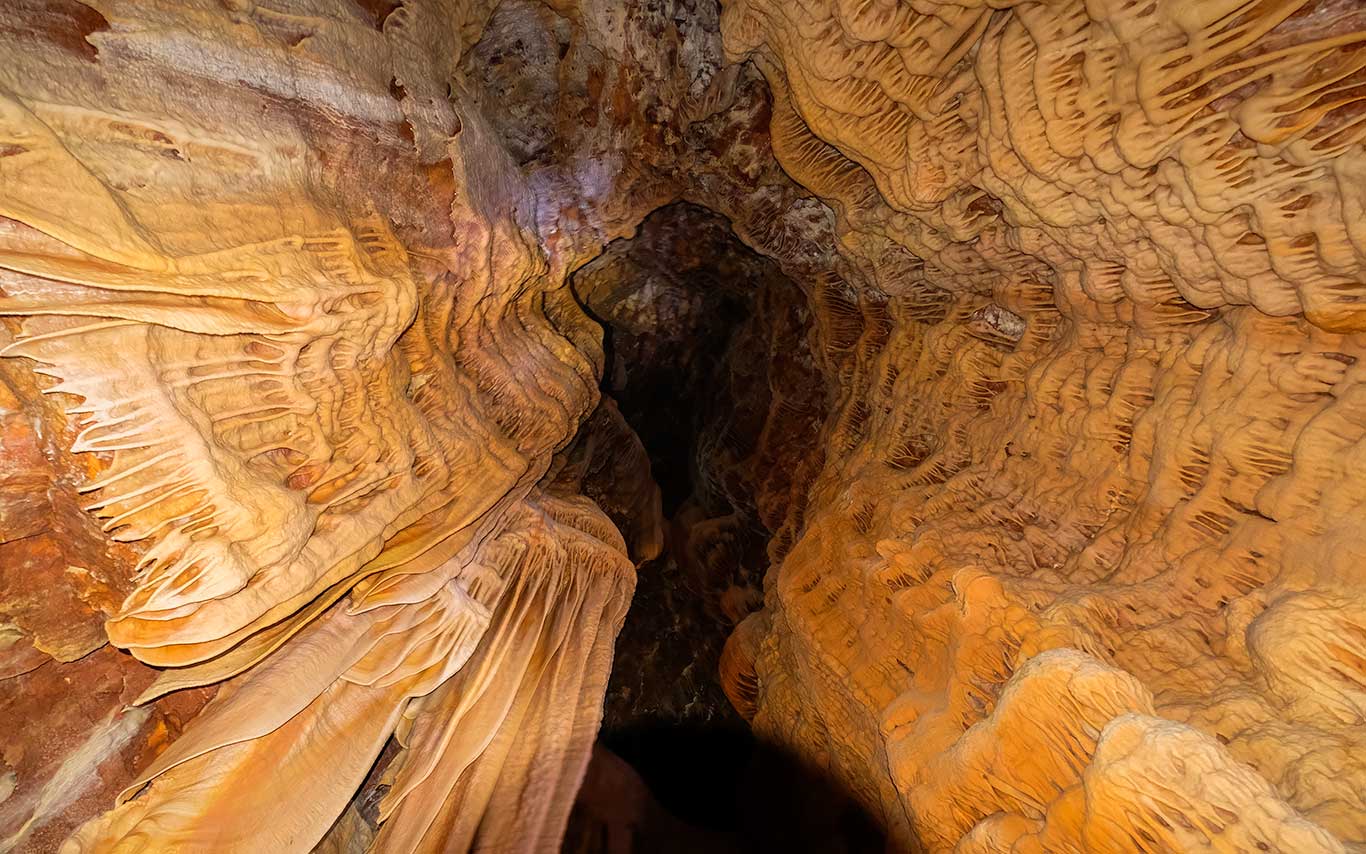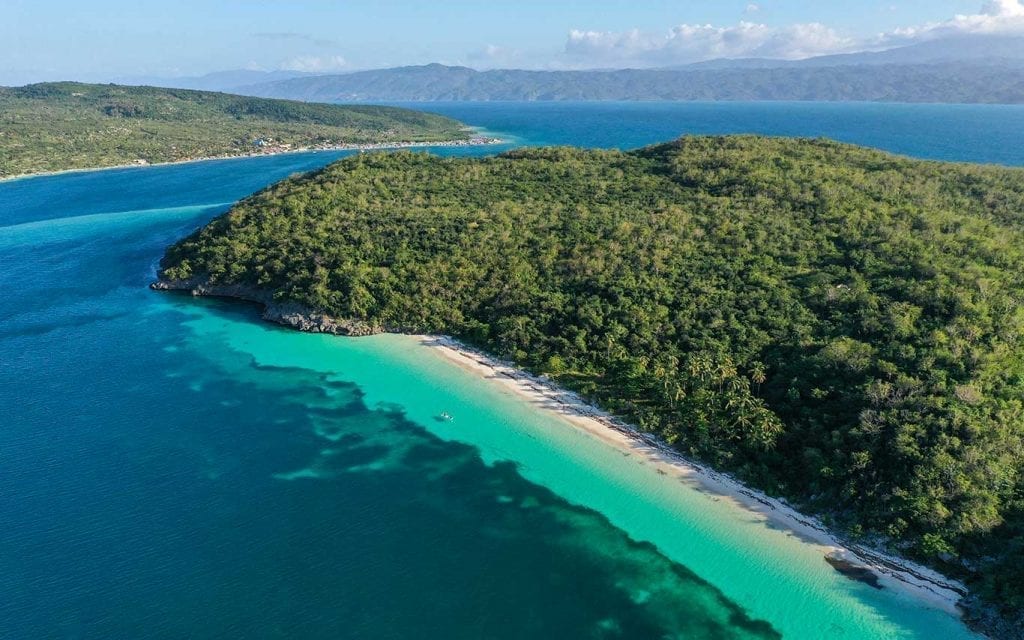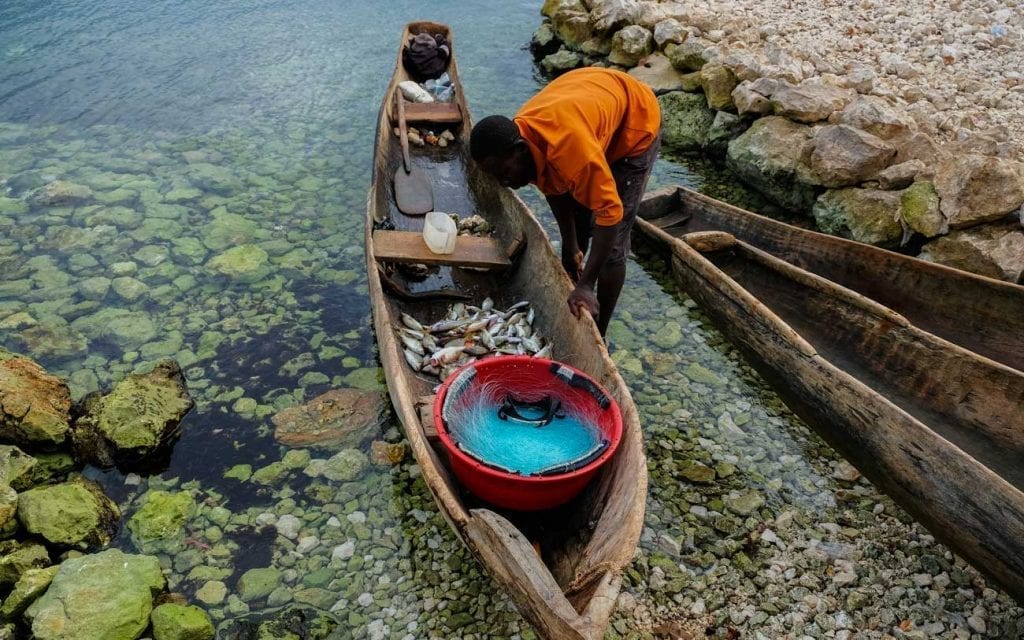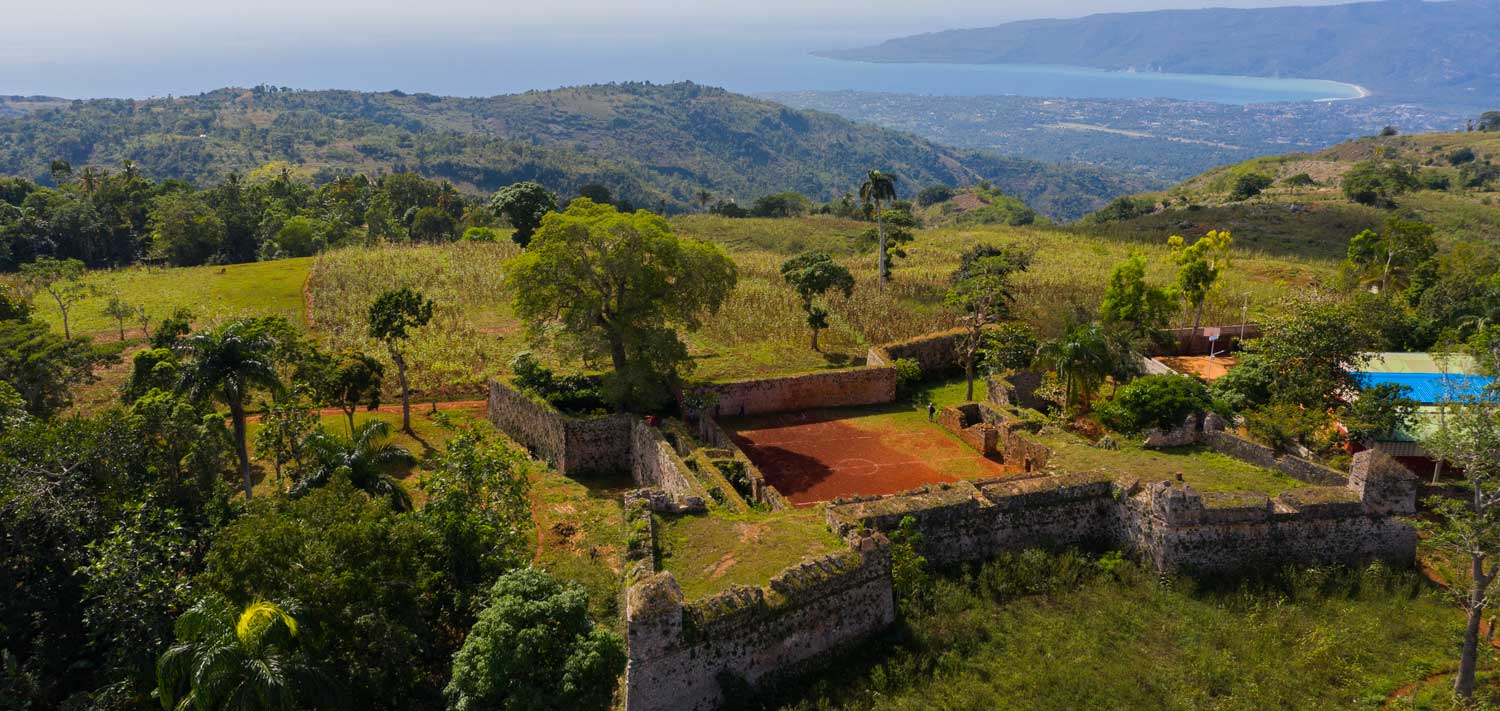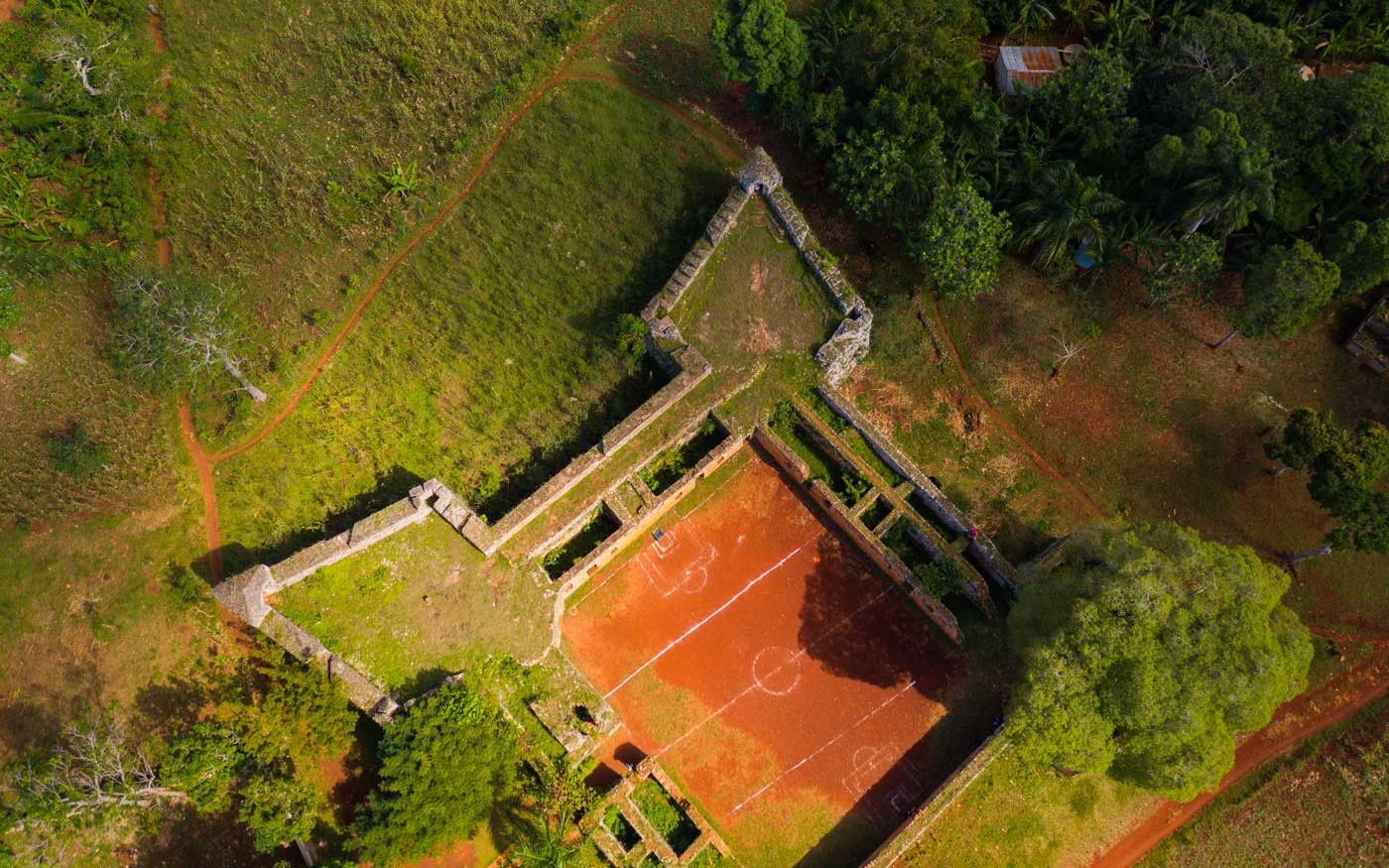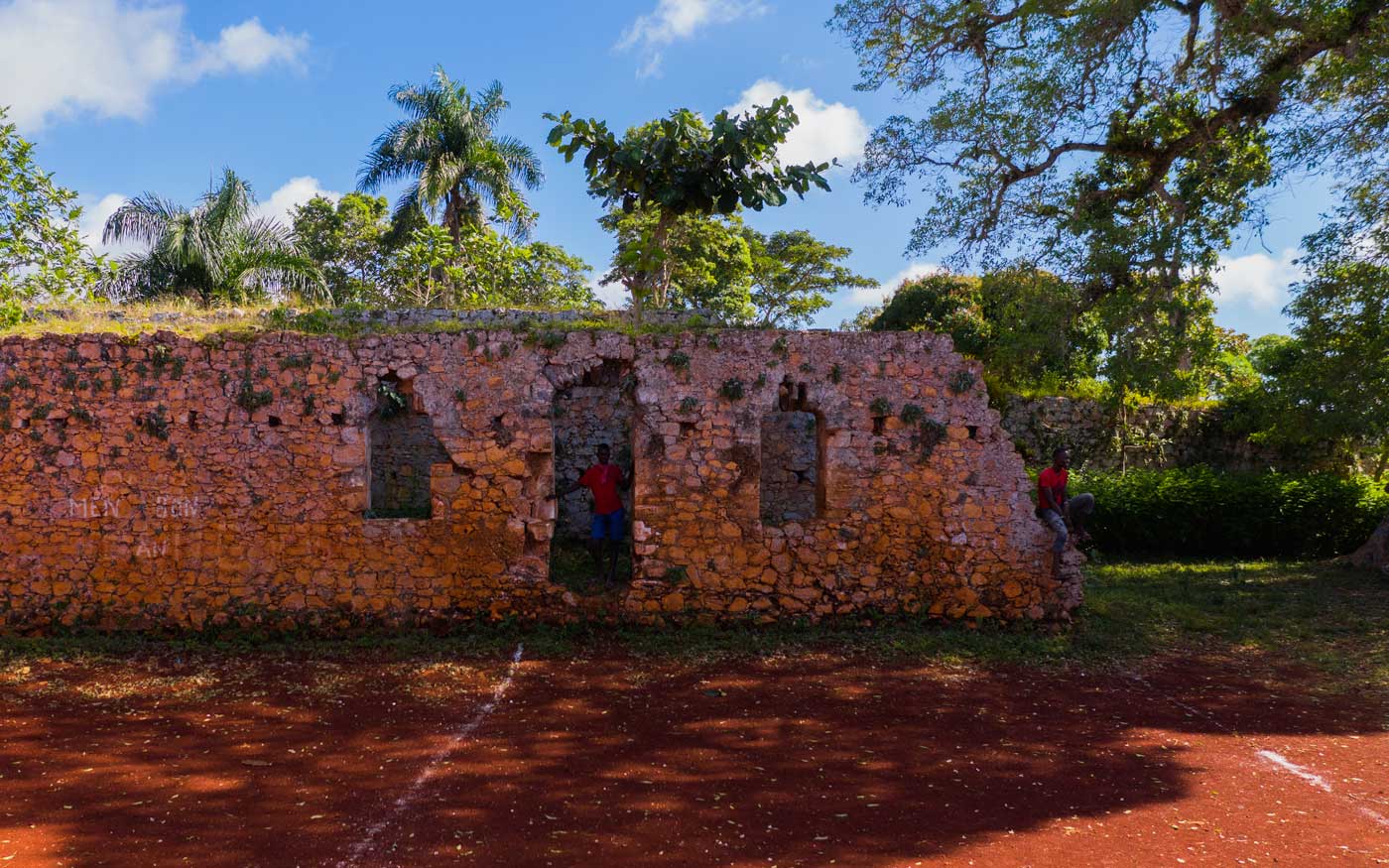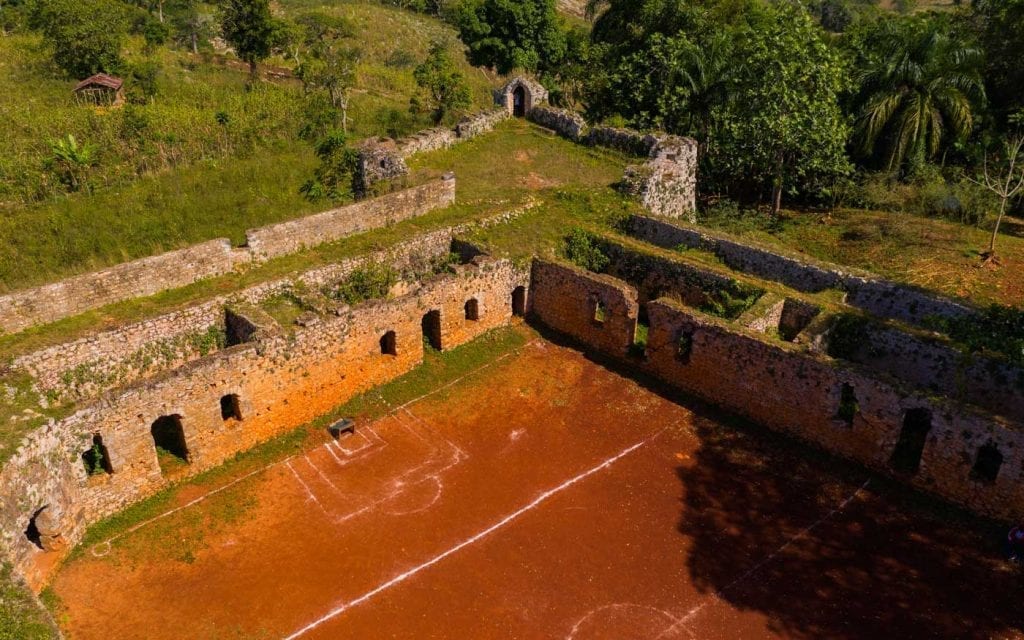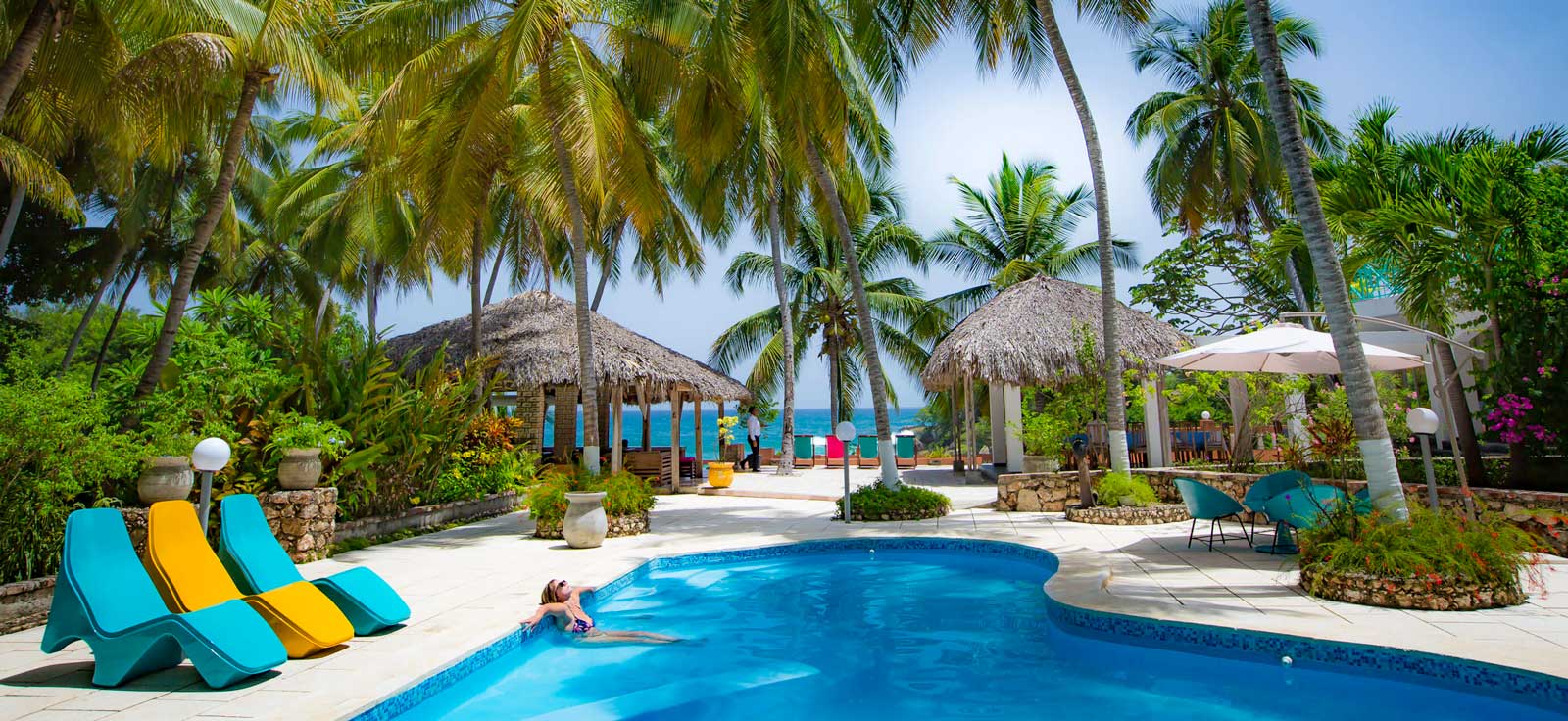
Photo: Hotel Cyvadier Plage
Hotel Cyvadier Plage
A few minutes outside the city of Jacmel, Cyvadier Hotel is the perfect seaside escape for the nature lover in all of us.
First Impressions
Among all the cities of Haiti, the city of Jacmel is recognized for its hospitality and as being a haven of peace. For a good stay, the Cyvadier Hotel offers modern comfort in a prime location. The hotel’s seafront access is ideal if you are looking for a picture-perfecr tropical vacation without the typical busyness of the Arcadins’ coast.
Rooms
The Cyvadier Hotel is a charming small hotel which has 28 tastefully furnished rooms that embellish a rustic, Caribbean style with modern accents; some have a terrace which offers a beautiful view where you can bask in watching the sunset facing the sea. The whole establishment has access to WiFi.
What’s for breakfast?
Breakfast is served every day at the Cyvadier Hotel, and includes all of the standard stops of a Haitian breakfast. From fresh, seasonal fruit, to eggs, baked goods, and freshly brewed coffee and steeped tea, it can all be enjoyed by the sea, or in your room, on request – it’s entirely up to you.
How about lunch and dinner?
The restaurant at the Cyvadier Hotel benefits from being a seaside one: fresh seafood is served there every day! From lobster to grilled fish, the menu is an ode to the bevy of creatures that grace the sea. Standard Haitian cuisine is also hard-and-fast on this menu; you’ll find staples like conch and roasted chicken, as well as the delicacy that is Haitian pain patate – a sweet potato dessert.
Is there a bar?
Lounge around by the pool and take in the view as you sip away from the hotel’s restaurant drinks’ menu which also covers wines, champagnes, liquors, local beers, and cocktails made to order.
Activities and amenities
You’ll want to make a stop at the Cyvadier massage parlor, where for an hour or two, you can experience hot rock massages, deep tissue massages, and even a detox cleanse during your stay. If an adventure is what excites you, take advantage of Cyvadier Hotel’s boat excursions and paddle boarding.
Within a short walk you can find…
To hit the beach, the choices are nearly endless; you can either choose the private beach of the Cyvadier Hotel or the beach at Raymond-les-Bains (for a small visitors’ fee), where you will find charming seafood merchants. At Timouyaj Beach, big waves invite you to surf and the sand invites you to relax.
Need to know (before you go)
For those who are more attracted by the walks and the visits, Jacmel is very close, the mountains are accessible, and the sea is nearby. The city invites you to discover craftsmen and charming streets where art is always present and in an extraordinary profusion.
Getting there
For directions and bookings visit Cyvadier Hotel on Hotels.com
Looking for some cool things to do?

Paradise for your inbox
Your monthly ticket to Haiti awaits! Get first-hand travel tips, the latest news, and inspiring stories delivered straight to your inbox—no spam, just paradise.


